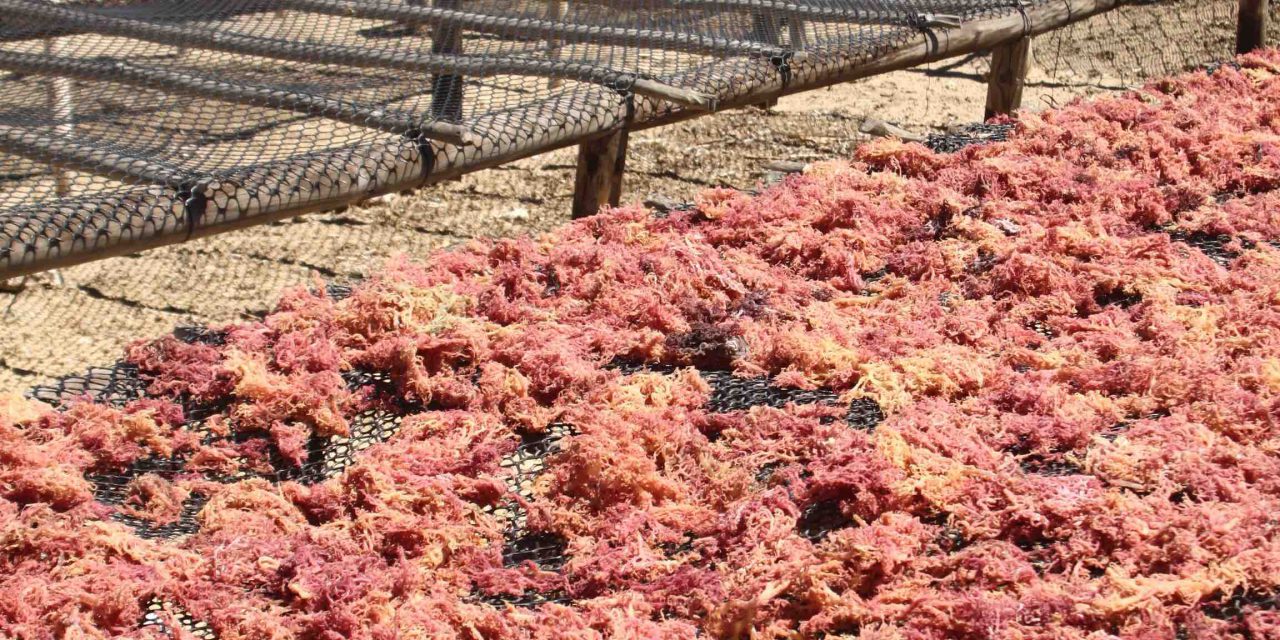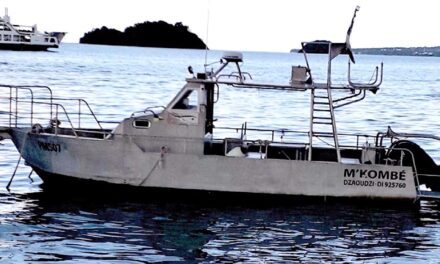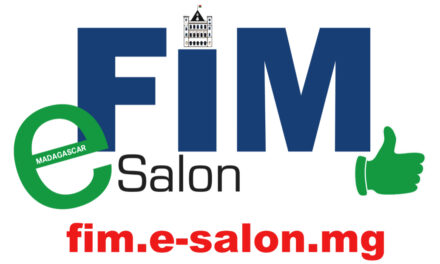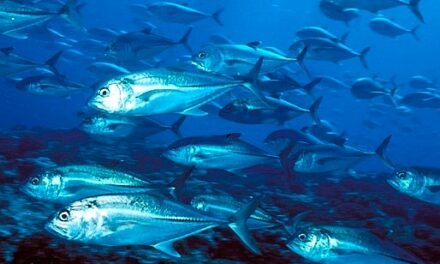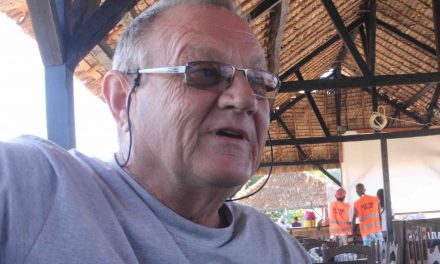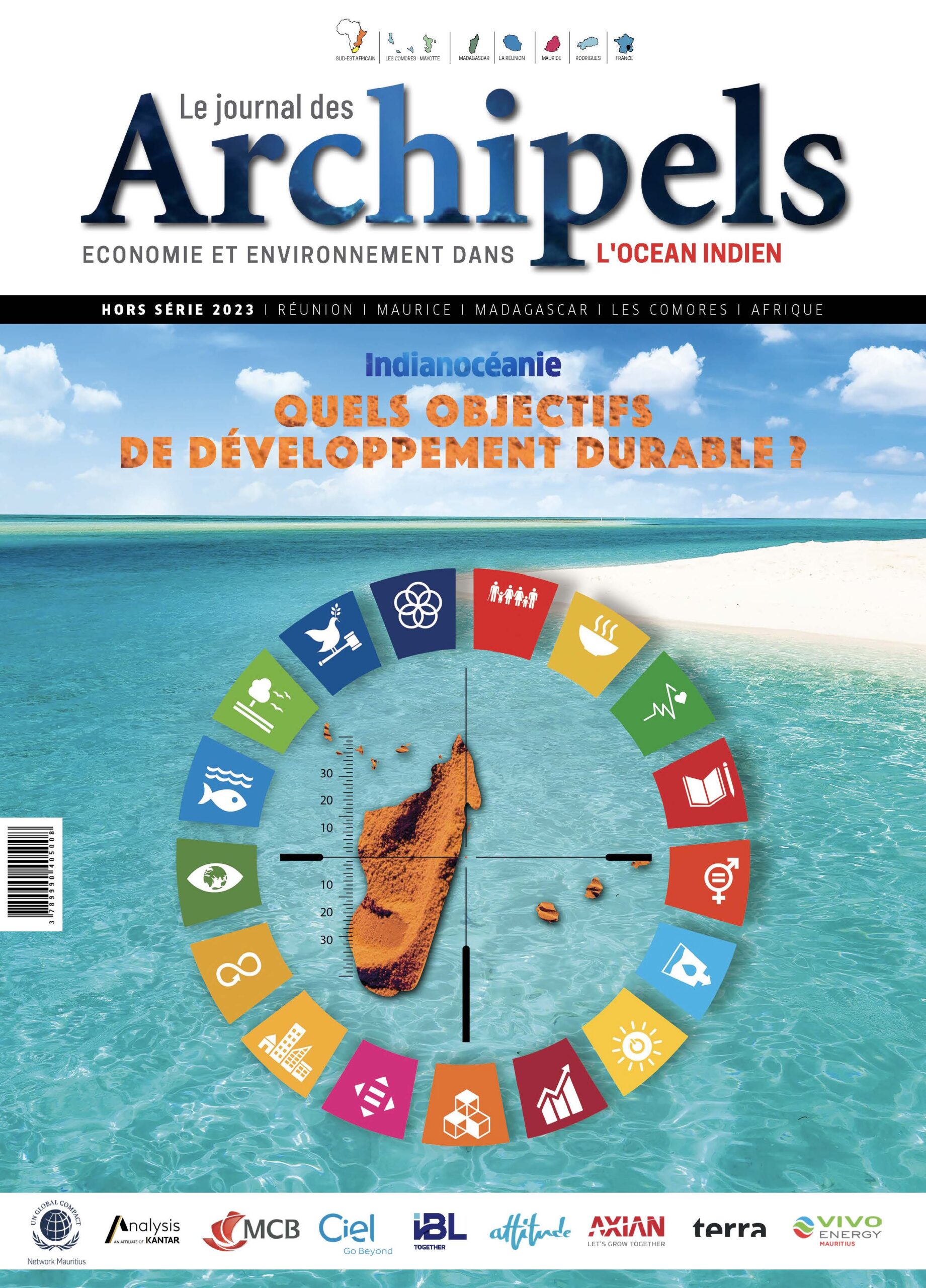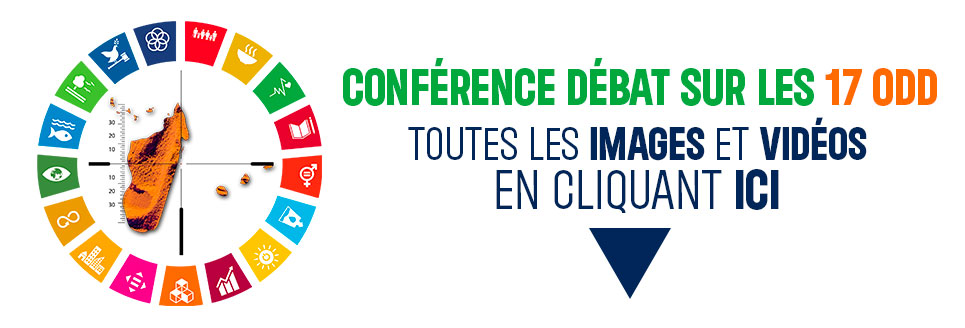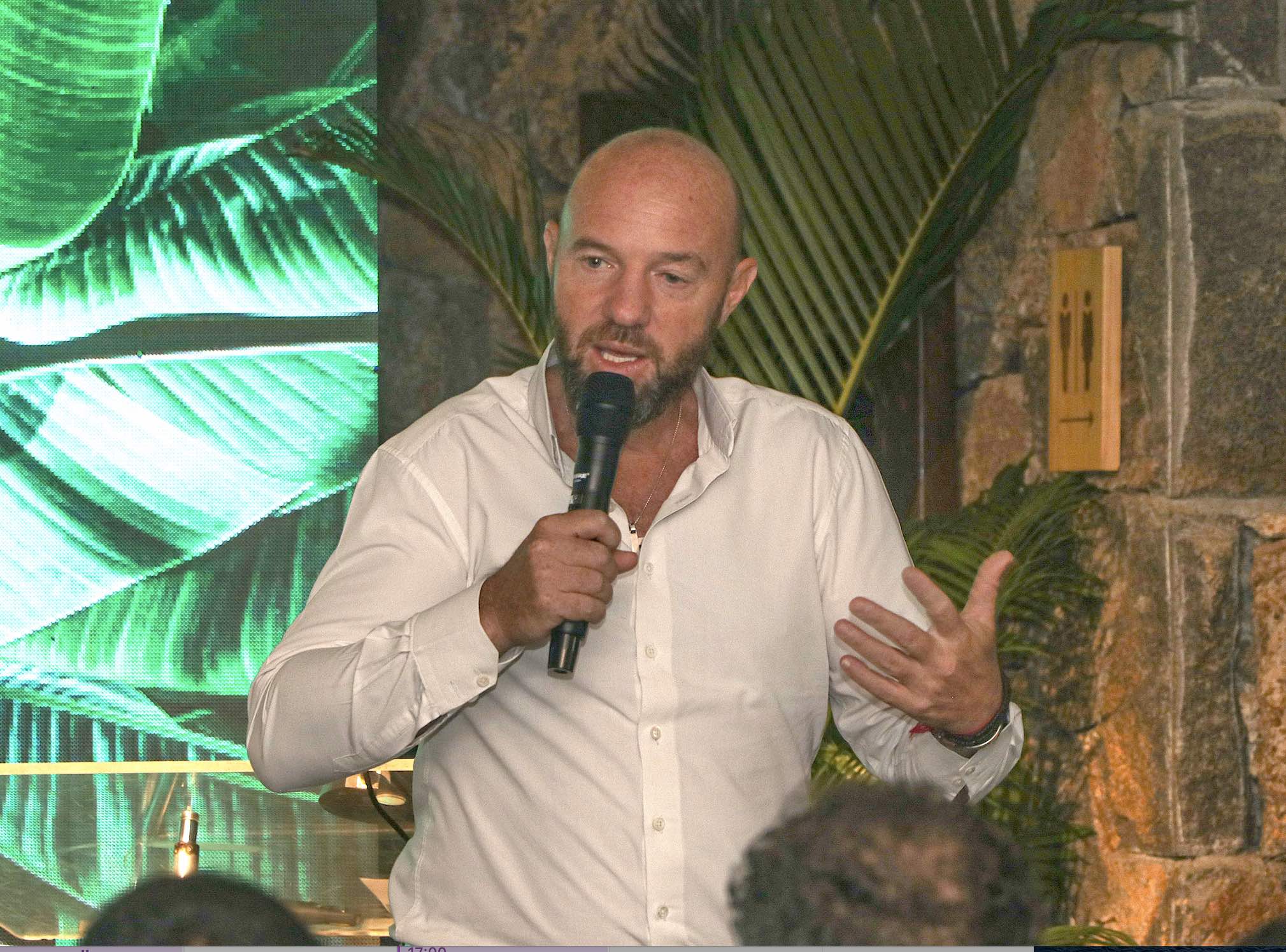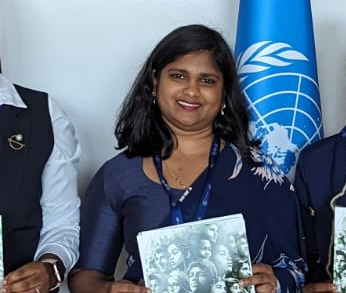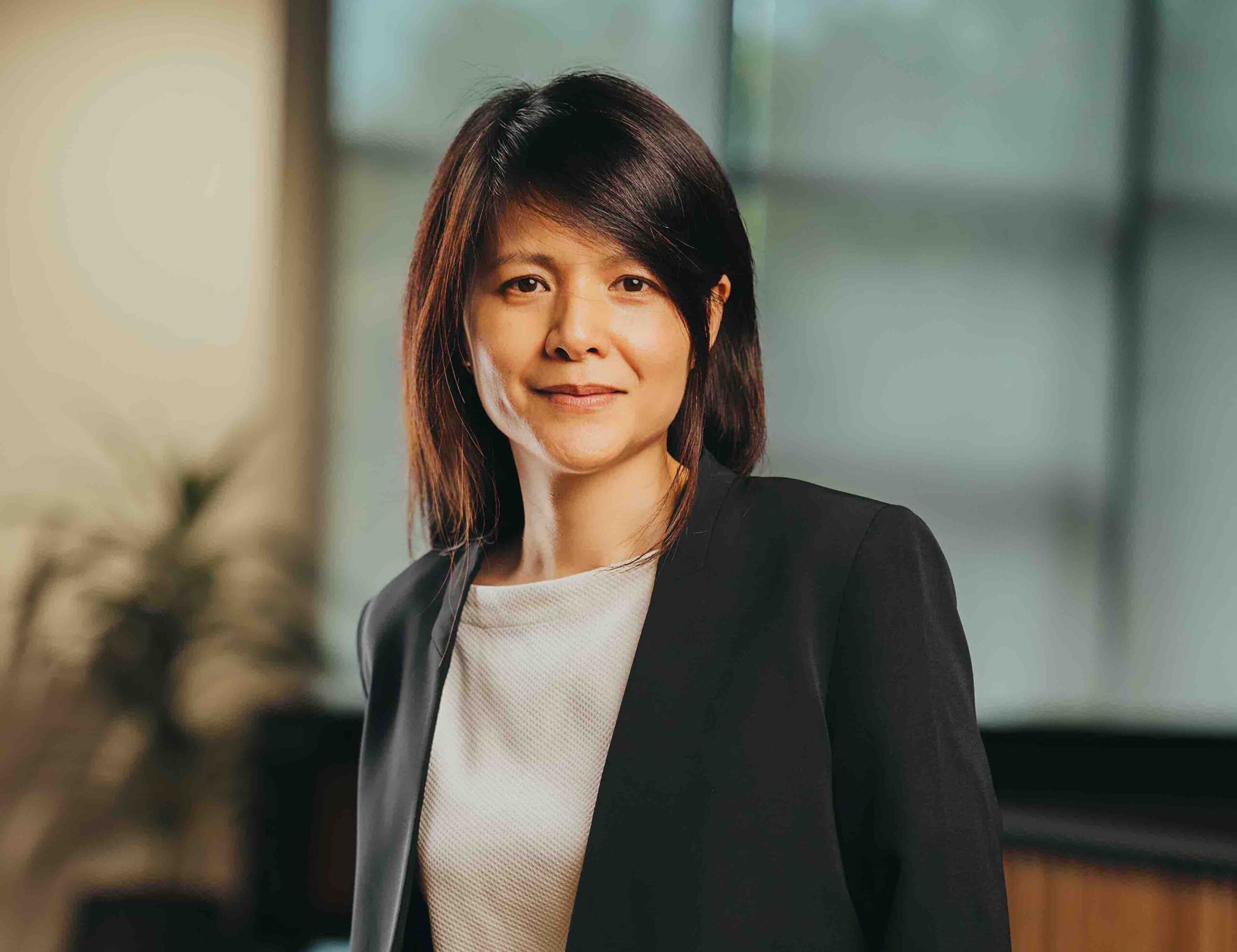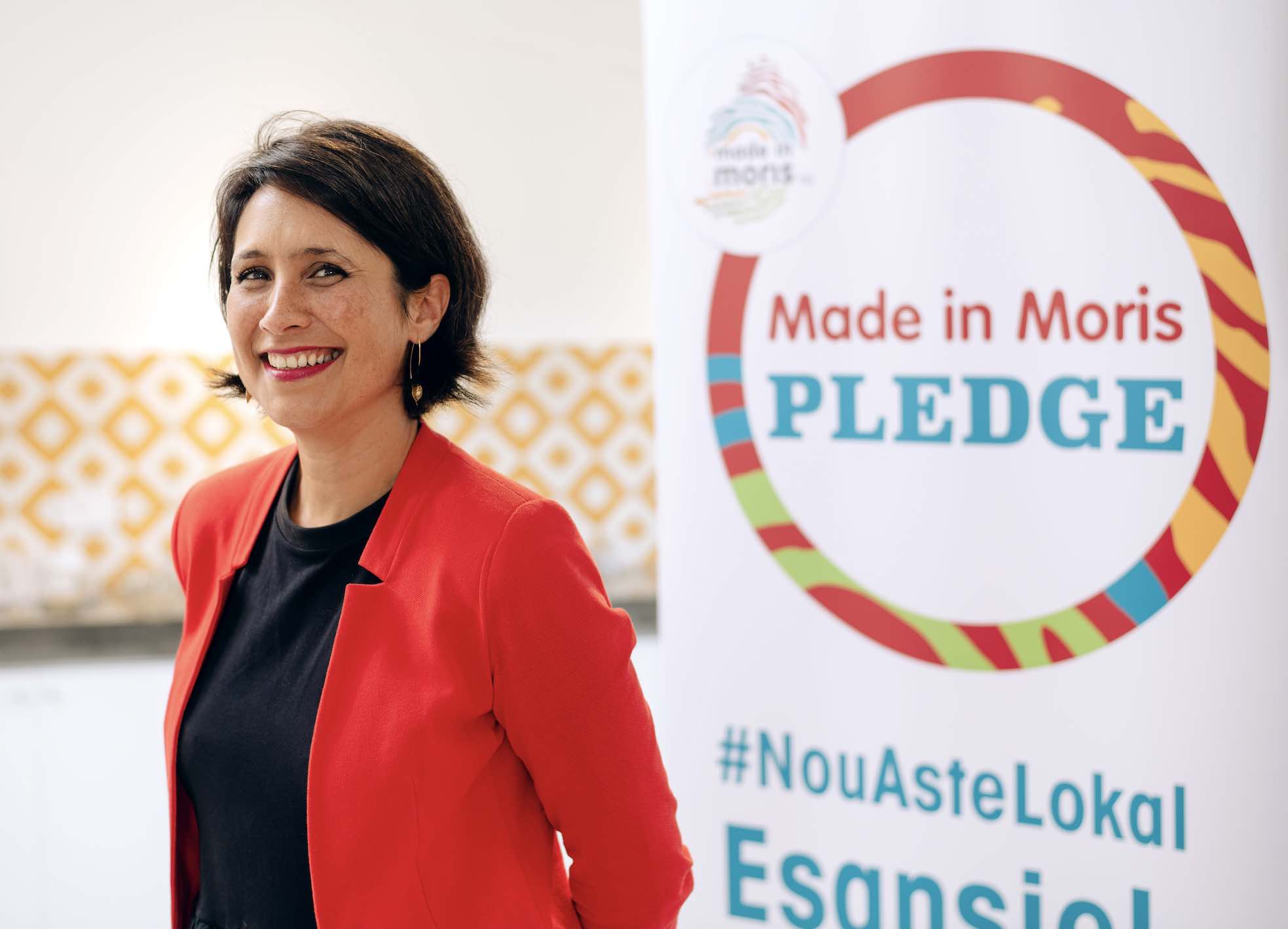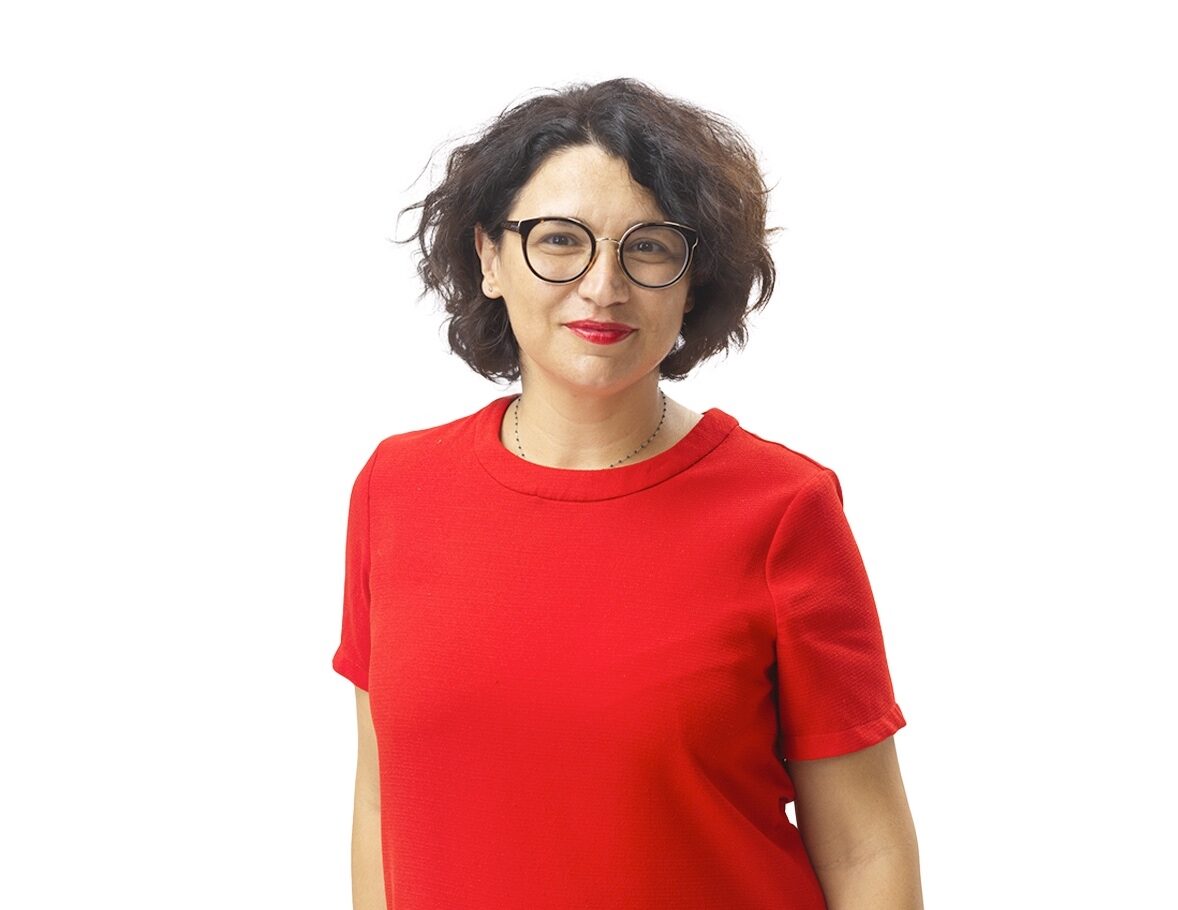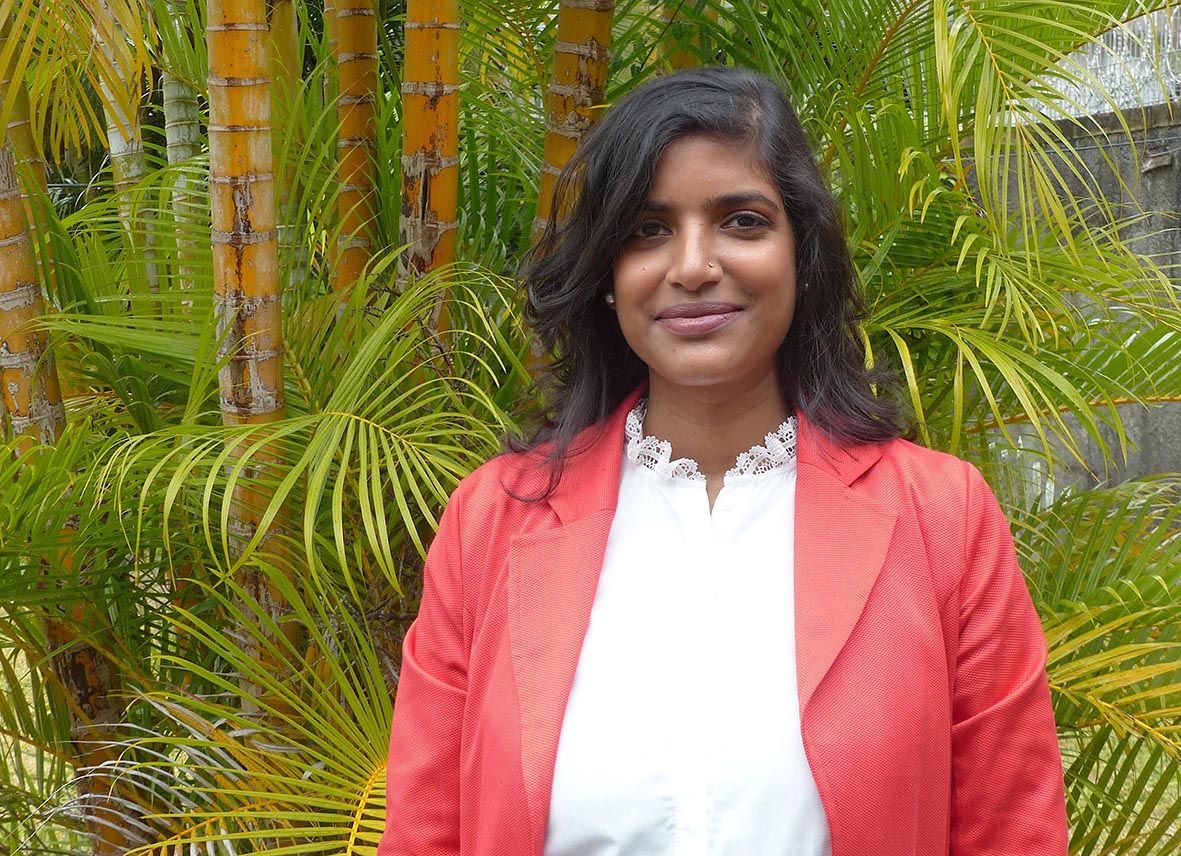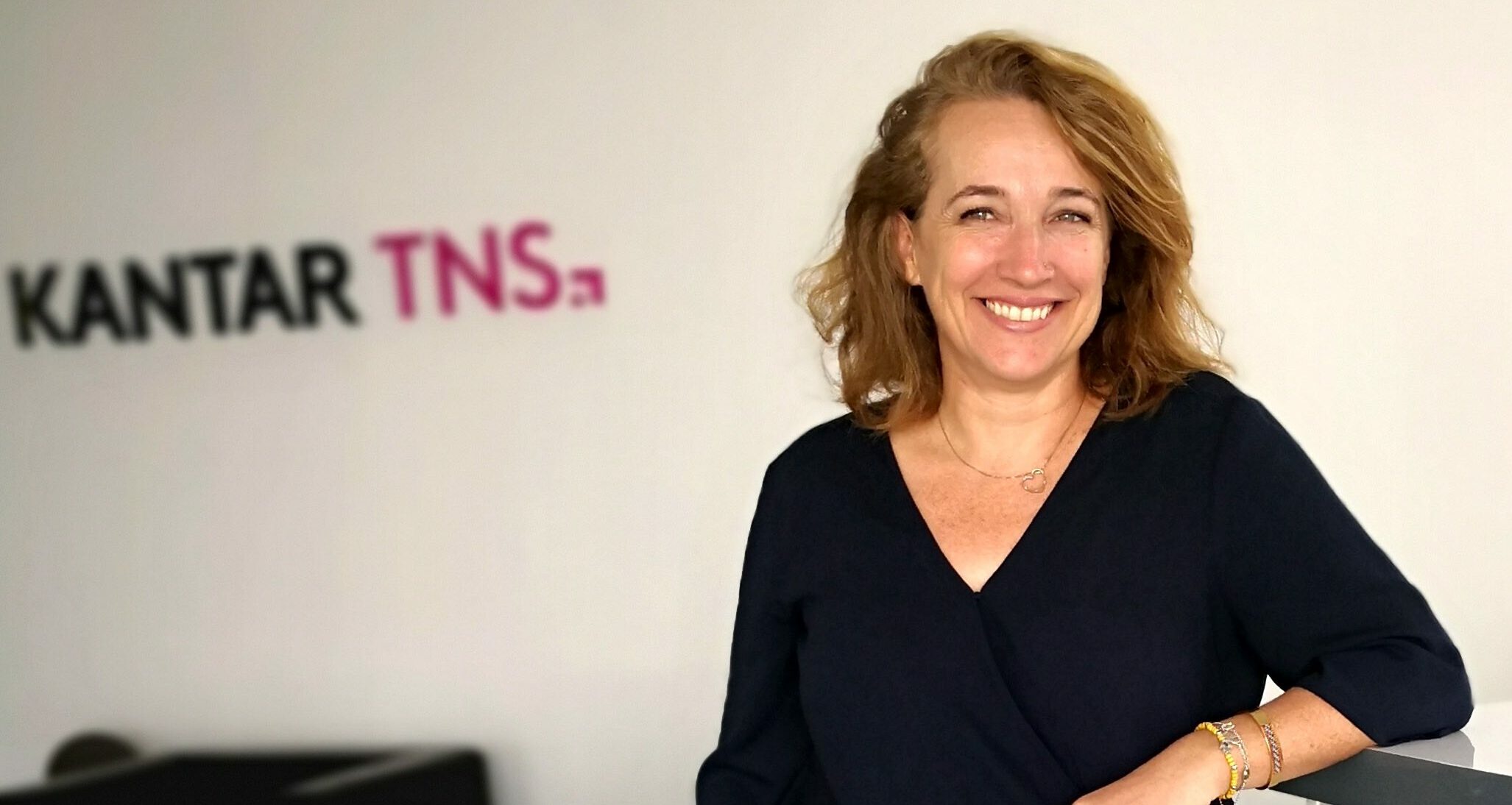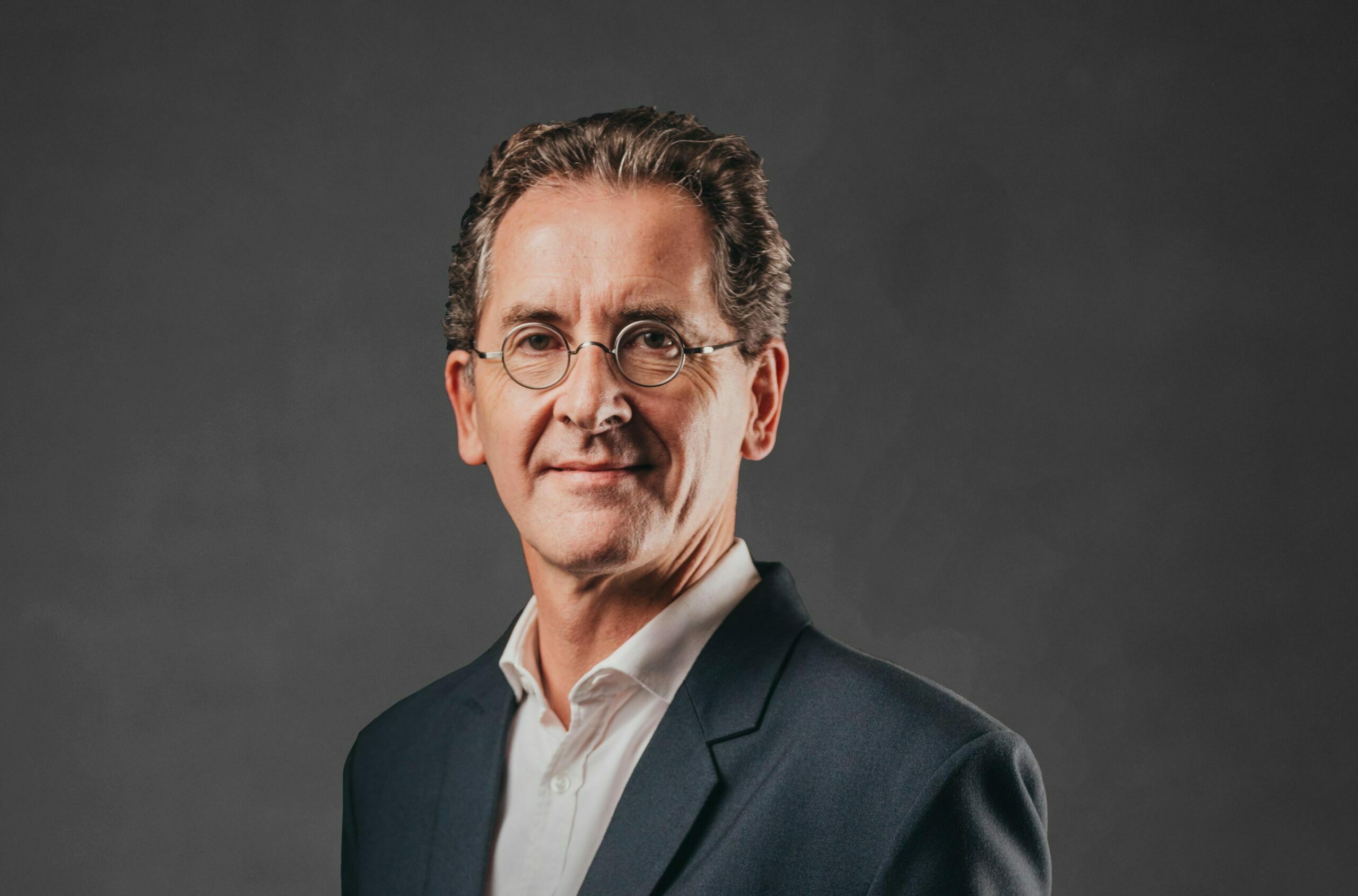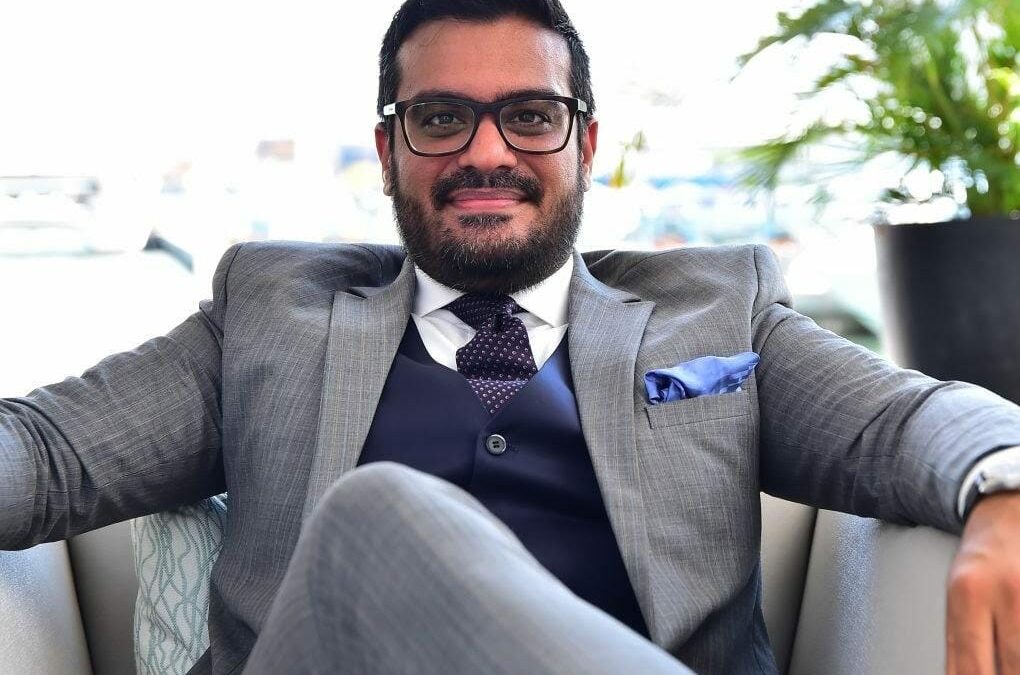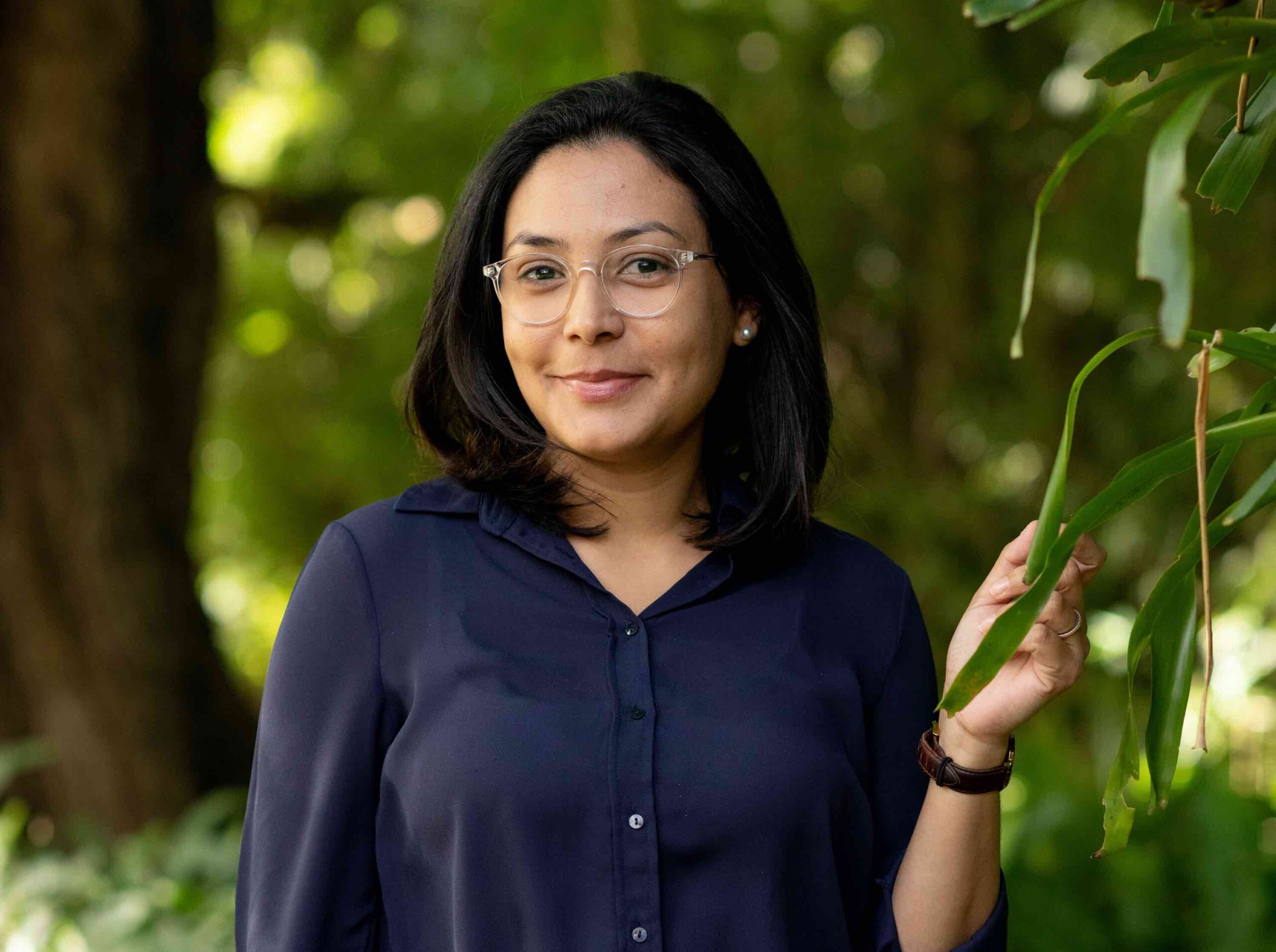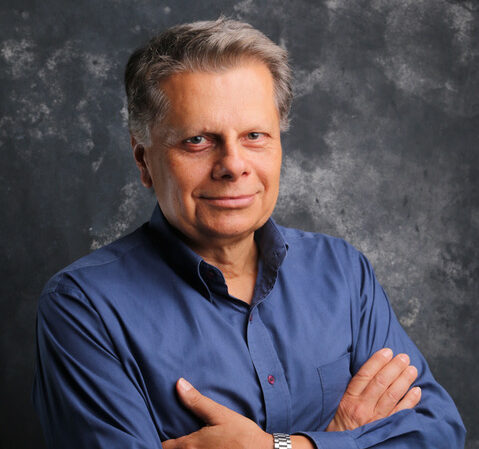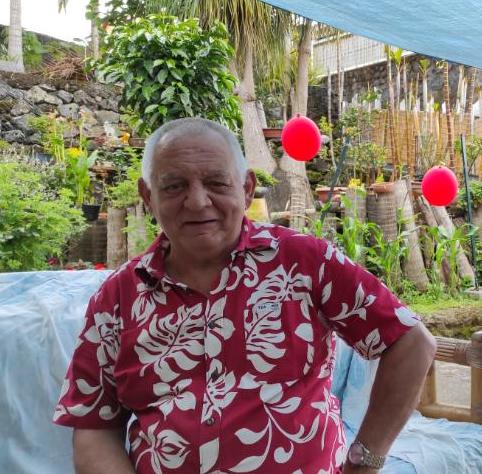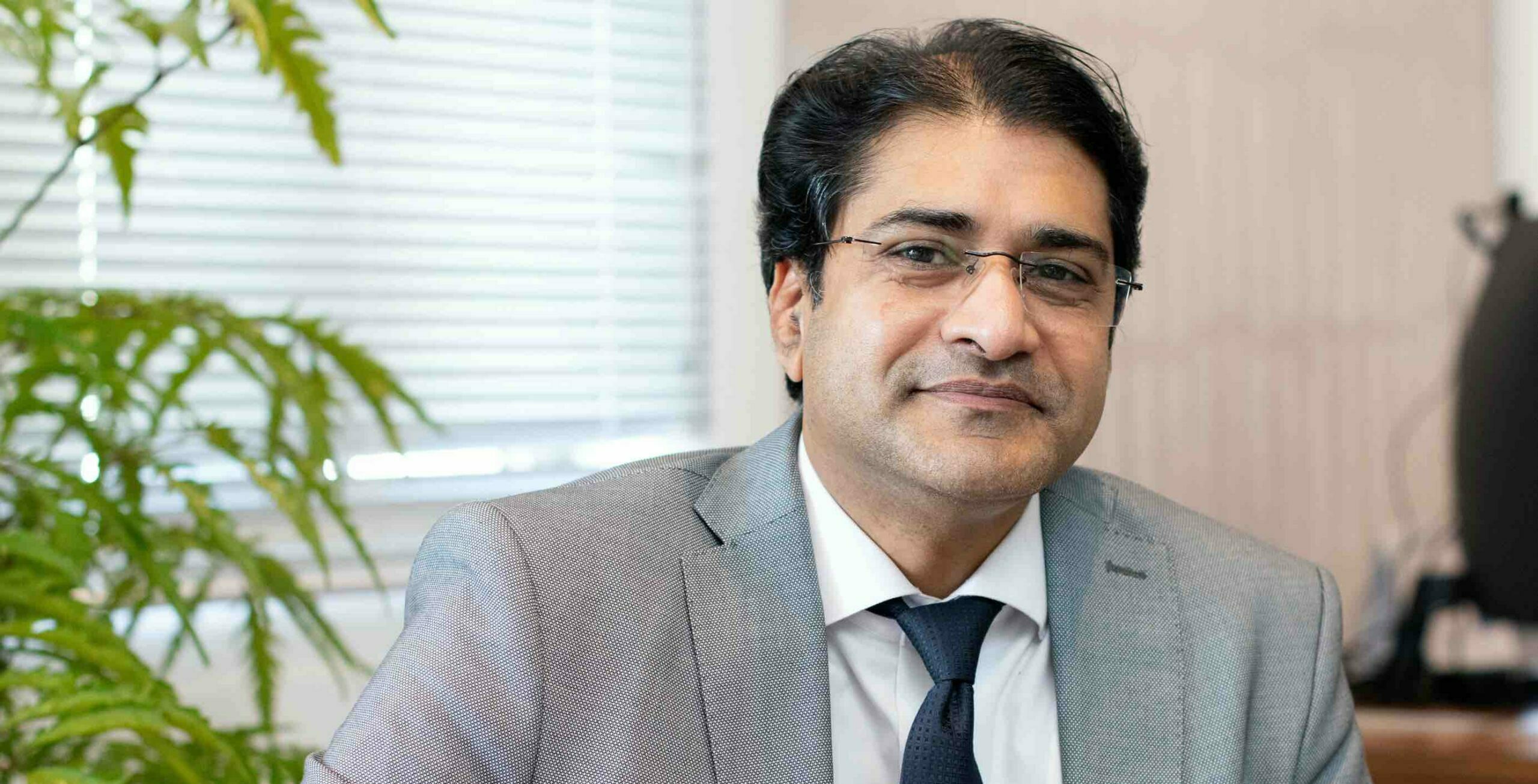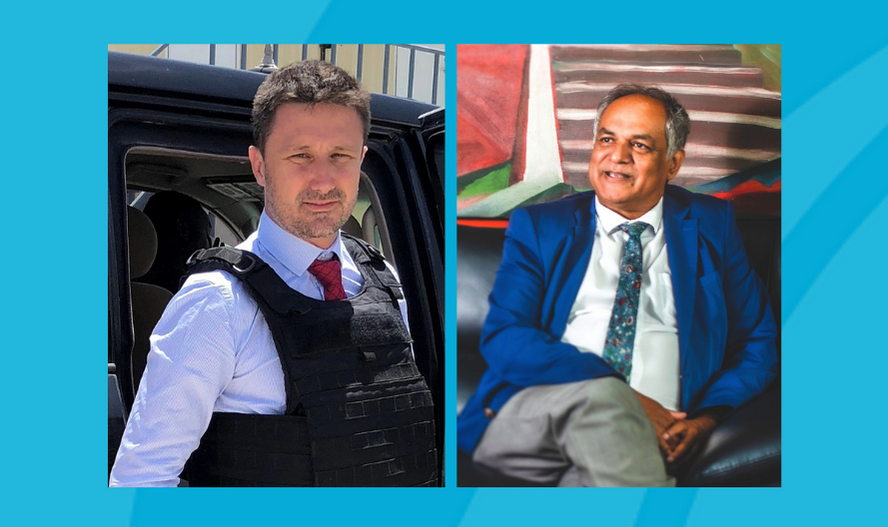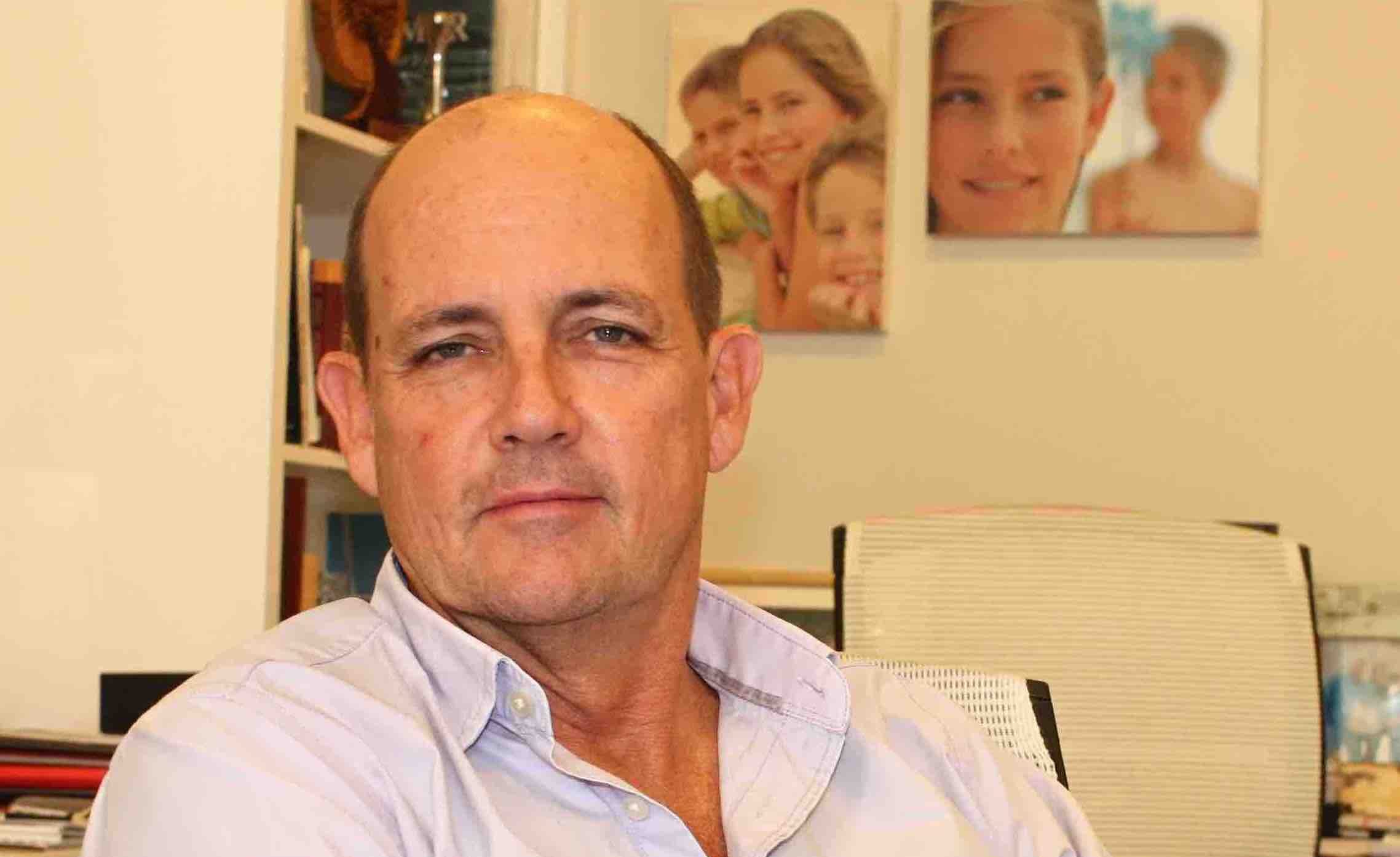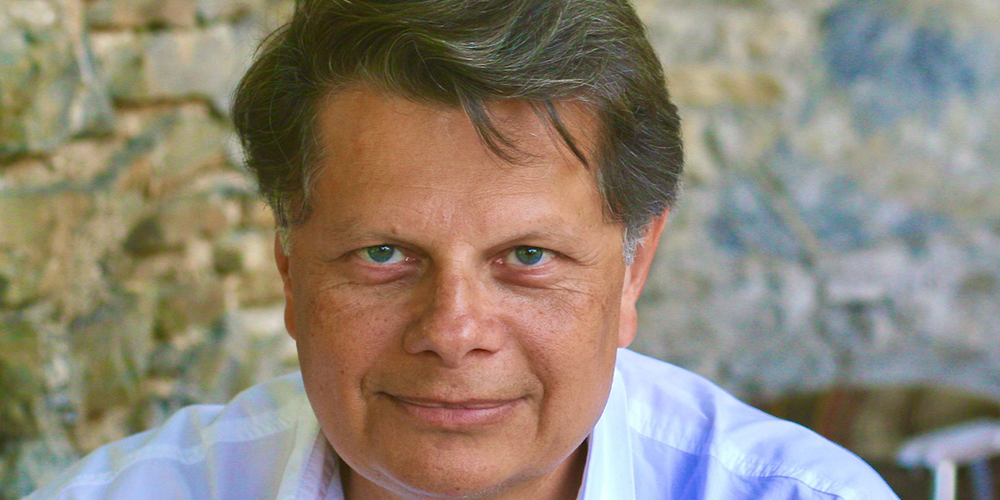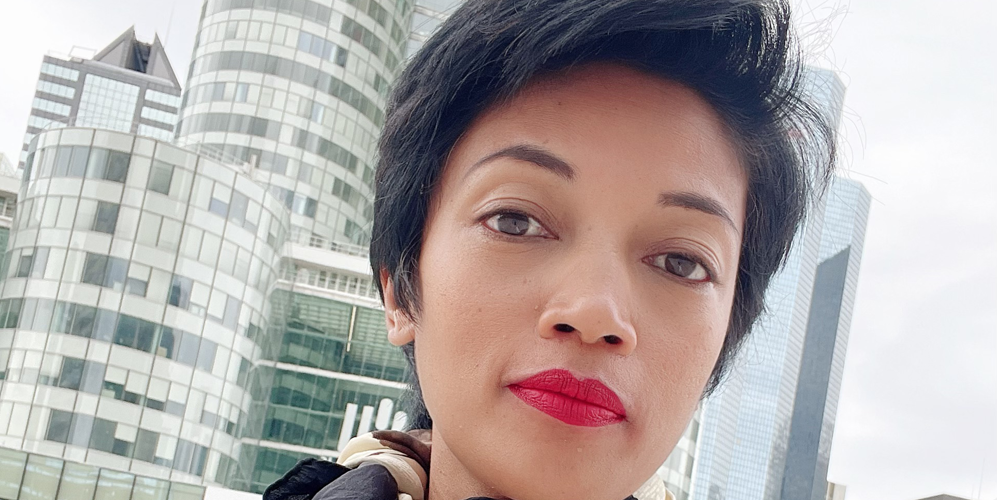photo : J.Rombi
The Malagasy coast has the grim reputation of being plundered with impunity of its marine resources. Shark fins, seahorses and holothurians (sea cucumbers) are overexploited there to meet the needs of a constantly growing Asian market. The French company Copefrito is bringing a glimmer of hope in this ecological chaos by exploiting algae and sea cucumbers in Tulear while giving many jobs to the local populations. Explanations.
The capital of the sun, in the southwest of the country has a particularly efficient research center with the IHSM (Institute for Fisheries and Marine Sciences) It is in this institute, which works in partnership with the Belgian University of Lièges, that a revolutionary process was invented in 2003 with the in vitro fertilization of an edible species of sea cucumber, scabra oloturia to be precise. A process developed under the direction of Professor Igor Eecckaut within the framework of technical cooperation with Tulear University.
It is also in this city that the fishing company COPEFRITO has been collecting fish and shellfish for 20 years. Copefrito has joined forces with Jaco CHAN KIT WAYE and other Reunionese shareholders to set up an industrial sea cucumber exploitation. Indian Ocean Trepang (another name given to sea cucumber) was then born in 2012 to produce this rare and sought-after dish for making soups throughout South East Asia. A niche market which can not only provide employment, produce local added value and above all curb the anarchic exploitation of this resource essential to marine ecosystems (see box).
Nearly 1,000 direct jobs
In any case, persuaded to hold the right end of an emerging sector, the partners of IOT are putting the means to perpetuate the activities. By buying the in vitro reproduction patent from IHSM in a win-win deal (IHSM being a shareholder of IOT which distributes royalties regularly). But also by installing 40 large above ground basins for the rearing of fry at the eastern exit of Tulear, near the airport. After reaching a weight of 10 to 15 grams, they are set up in large grow-out pens in the sheltered bay of Sarodrano, south of the town where they grow for about a year to reach the weight of 500 grams. . All this is strictly monitored by submerged watchtowers in order to limit the effects of theft and other plunder. Heavy investments, in the order of 2.5 million euros, which must be managed by a specialist in this type of very specialized production. It is Olivier Avalle who set up the production. This ex of Ifremer and the FAO, rolled his way around the world to initiate and develop often exclusive aquaculture projects. From pearl farms in Tahiti to Unima, OSO or Aqualma shrimp farms, including Réfrigépêche in Madagascar, contacted by Olivier Meraud (CEO of Copefrito & Madagascar Seafood) in 2010 to oversee this innovative project. But we must remain vigilant. This kind of exploitation of fragile natural resources still conceals gray areas that can quickly lead to bankruptcy, as was the case with another exploitation on the side of Diego Suarez. There, too much sea cucumber density per m3 caused the rapid spread of an infection that wiped out everything. A bad experience which can only force respect towards these pioneers who invest and who sometimes lose everything. For IOT, risk taking is part of the business plan and the return on investment started with the first exports to Hong Kong and Singapore in 2013. Even though only 4% of sea cucumber is exploitable once dried, its selling price at kilo is around 120 dollars. The other added value relates to the positive ecological impact and social stability. By directly employing 150 people and as many in indirect jobs, IOT is today one of Tulear’s leading employers.Red algae, “CSR” business
To the exploitation of sea cucumbers, we must add as many jobs for the cultivation of red algae, which is also a good example of fair production since it is based on a system of renting. Juveniles are provided to the villagers who take care of the growth of algae around their villages. More than 300 families are concerned and they are supervised by around forty Copefrito technicians. About 400 tonnes of dried seaweed are sold per year to a single customer, the American Gargill, which incorporates this natural product into gelatin for the production of yoghurts or even for certain binders in cosmetic products. These two types of production are good examples of equitable development which is unfortunately still too rare. By rationalizing the production of seaweed and sea cucumbers, the Copefrito company intervenes positively on three levels: by exploiting a patent made in Madagascar, by limiting wild exploitation (poaching) and by providing massive employment to local populations. Proof, if necessary, of Copefrito’s ecological and social role through IOT: the company is supported by the NGOs Blue Venture and Recif Doctor.Wild sea cucumbers, a stifled drama
COPEFRITO in brief
This company was initiated by Japanese cooperation in 1995, which invested in infrastructure and boats before donating them to the Malagasy government. After 5 years of hazardous exploitation, it was finally the Frenchman Jaco Chan Waye who bought the facilities and launched a rational exploitation of fishery products, in good synergy with the local fishermen. Associated with Olivier Meraud, Jaco Chan Waye has been able to sustain thousands of jobs since 1995. Copefrito collects fish, octopus, crabs and squid. The company works in harmony with populations who are aware of reproduction cycles and various parameters for sustainable management of resources.


